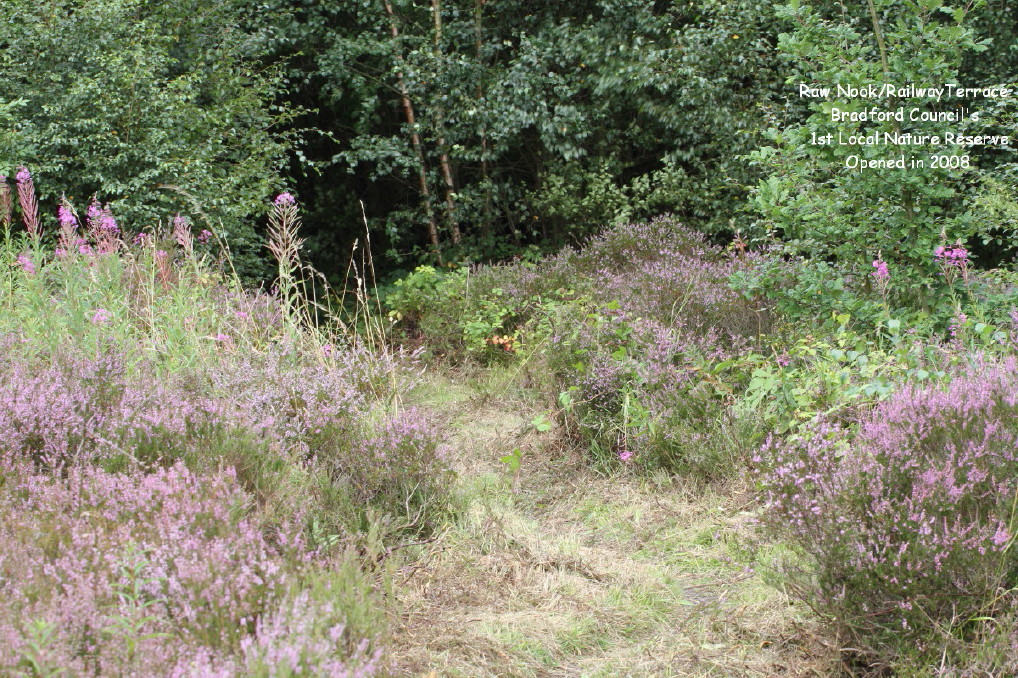I have been studying and recording moths at Caldene fields, Raw Nook NR and Toad Holes beck for well over 20 years. The data I have collected gives a good indication not only into the population trends of the moths in the recording area but of the health of our urban environment and other local ecosystems.

So it is celebration time, as the rather unaspiring adjacent Rush Veneer –Nomophila noctuella was my 400 hundredth moth species I have recorded in the above urban sites.
A quote from Butterfly Conservation on moths states:
- Areas rich in moths are rich in other invertebrates. These collectively provide a wide range of environmental benefits, including pollination and natural pest control.
- Moths and butterflies are an important element of the food chain and are prey for birds, bats and other insectivorous animals (for example, in Britain Blue Tits eat an estimated 50 billion moth caterpillars each year).
It will be interesting how many more moth species will be recorded over the coming years in our urban wildlife oasis.
